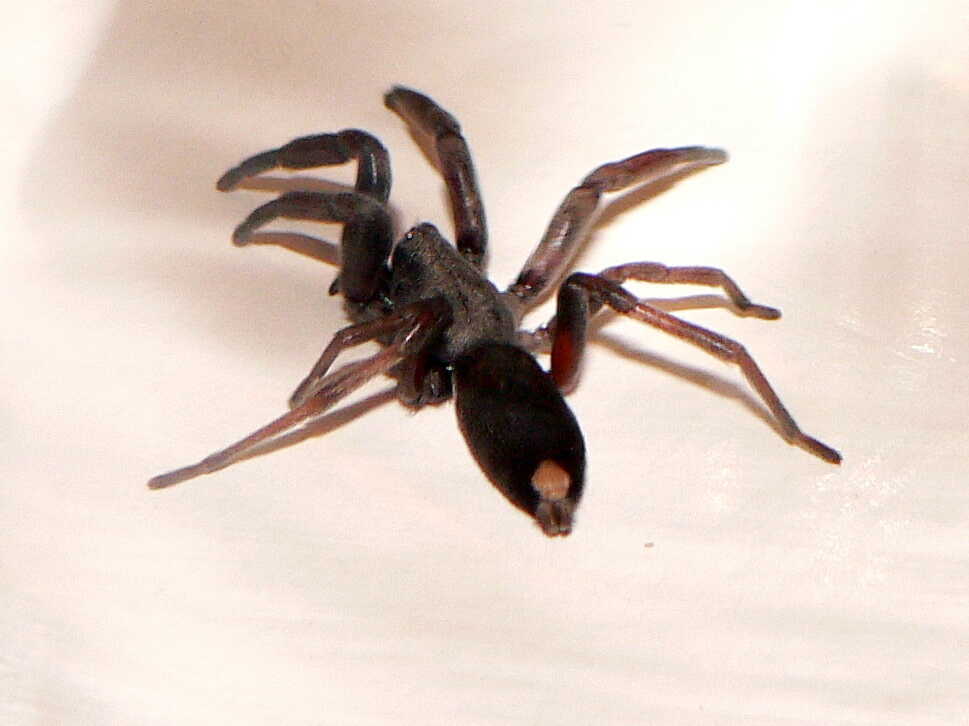{{{description}}}
Australia has both venomous and non-venomous species of spiders to humans. As with snakes, treat all spider bites as venomous unless proven otherwise.
The government advice for avoiding funnel web and redback spider bites:
* Keep your garden free of rubble and rubbish where spiders can hide.
* Wear shoes, gloves and long sleeved shirt when working in the garden.
* Check shoes and households items for spiders.
For bushwalkers, we recommend:
* Take care if moving rocks or logs.
* Wear shoes around campsite, especially at dusk and dawn when it’s harder to see.
* Check shoes and anything else left out for spiders and insects before use.
In general, we split Australian spiders into three medically relevant groups and treat accordingly: big black spiders (funnel webs, mouse spiders), redback spiders and all other spiders.
General signs and symptoms of spider bites include:
- Sharp pain at bite site
- Profuse sweating
- Nausea, vomiting and abdominal pain.
Additional signs and symptoms of a Funnel web spider bite:
- Copious secretion of saliva
- Muscular twitching and breathing difficulty
- Small hairs stand on end
- Numbness around mouth
- Copious tears
- Disorientation
- Fast pulse
- Markedly increased blood pressure
- Confusion leading to unconsciousness.
Additional signs and symptoms of a red-back spider bite:
- Intense local pain which increases and spreads
- Small hairs stand on end
- sweating
- Headache
- Muscle weakness or spasms.
Possible signs and symptoms of other spider bites:
- Burning sensation
- Swelling
- Blistering.
Management
2) Lie the patient down.
3) Calm and reassure the patient.
4) Apply management for:
Funnel-web / Mouse spider
(Confirm an ambulance has been called (000) or emergency beacon activated)
Red-back spider
* Apply an icepack (cold compress) to the bitten area to lessen pain.
* Seek medical attention if patient develops severe symptoms.
Other spider bites
* Wash with soap and water.
* Apply ice pack (cold compress) to relieve the pain.
* Seek medical attention if patient develops severe symptoms.
IDENTIFICATION
Spiders in the Greater Sydney region
Potentially Deadly and Dangerous
Funnel webs have extremely venomous bites. They are among the most deadly spiders in the world, however, fatalities are extremely low since the development of effective and readily available antivenoms.
Mouse spiders are also up there. According to the Australian Museum: “Some mouse spiders have a very toxic venom which is potentially as dangerous as that of the Sydney Funnel-web Spider… Because of their potential toxicity to humans, first aid treatment should be provided as recommended for funnel-web spider envenomation. Fortunately, funnel-web spider antivenom has proven effective in cases of mouse spider bite”.
Redbacks are common across Australian and readily found in urban areas. Although only the female bite is dangerous to humans, more than 250 antivenoms are administered a year over the summer months.
Photo by Sputniktilt CC BY-SA 3.0

Sputniktilt via commons.wikimedia.org / CC BY-SA 3.0
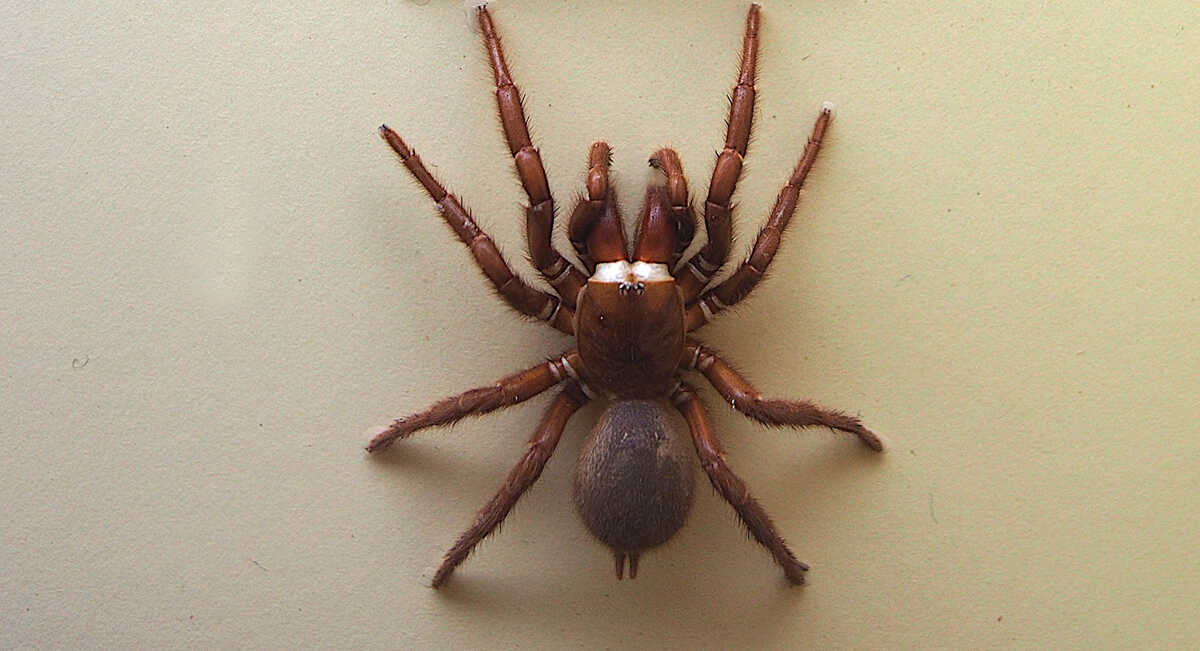
Photo by Friends of Chiltern Mt Pilot National Park CC BY-NC-SA
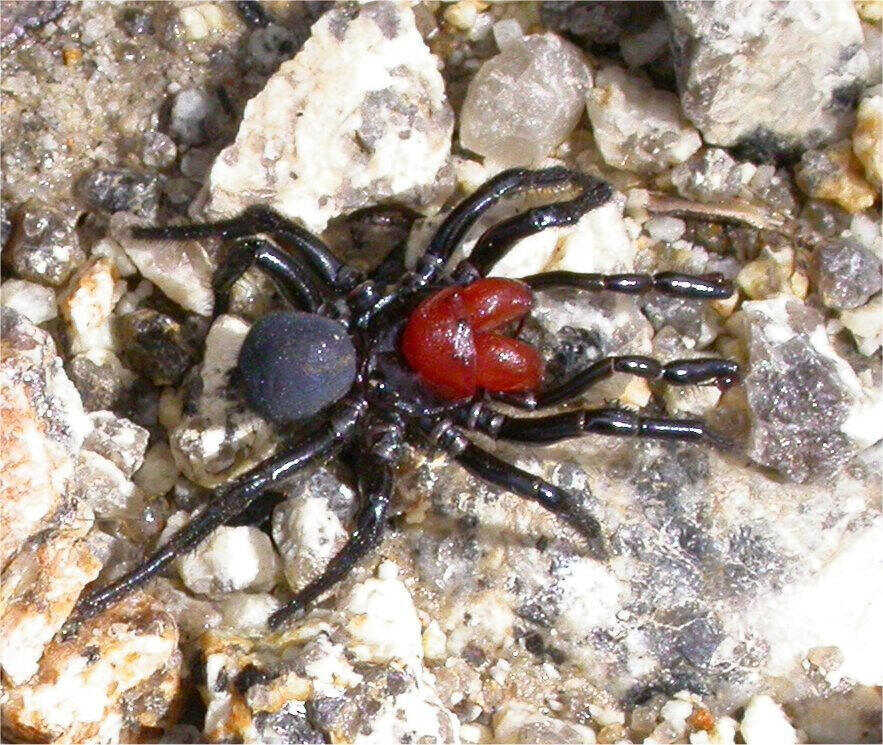
Photo by ron_n_beths pics CC BY-NC
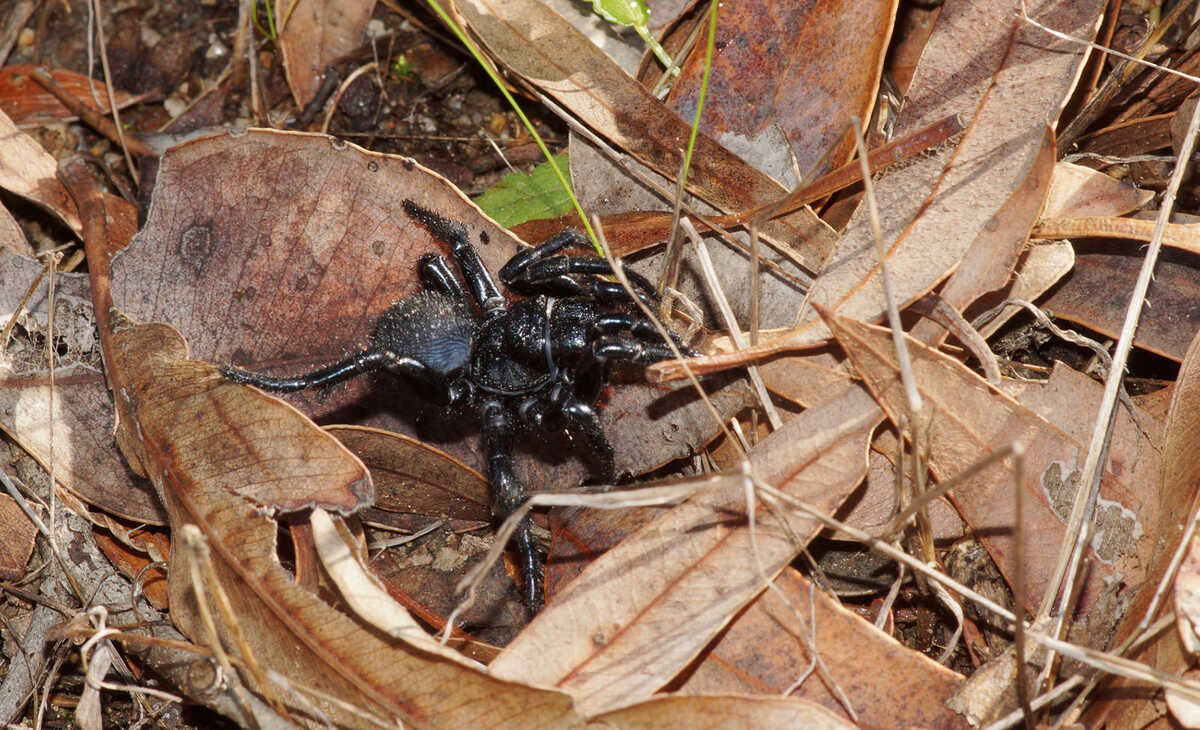
Photo by Bill & Mark Bell CC BY-NC-SA
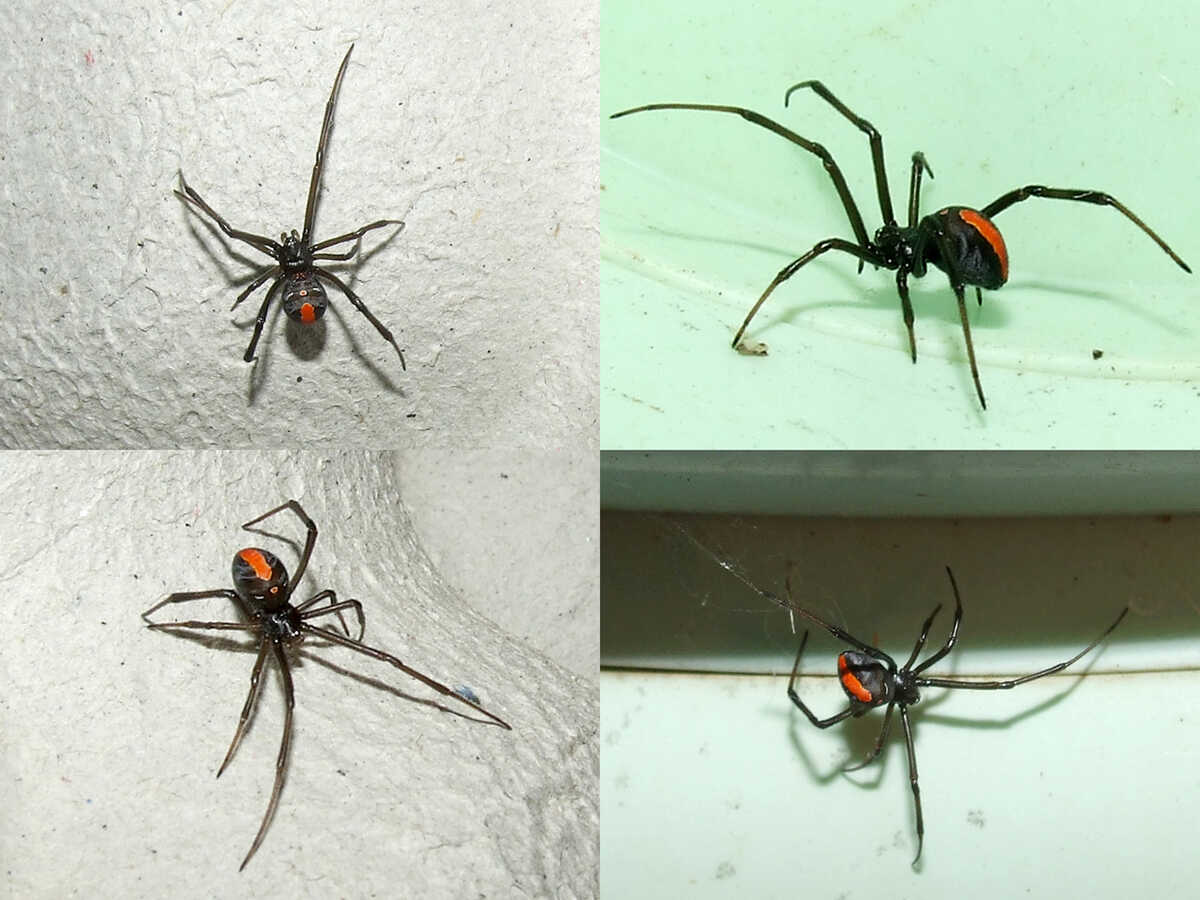
Venomous -Usually 'just' a painful bite
Photo by Bill & Mark Bell CC BY-NC-SA
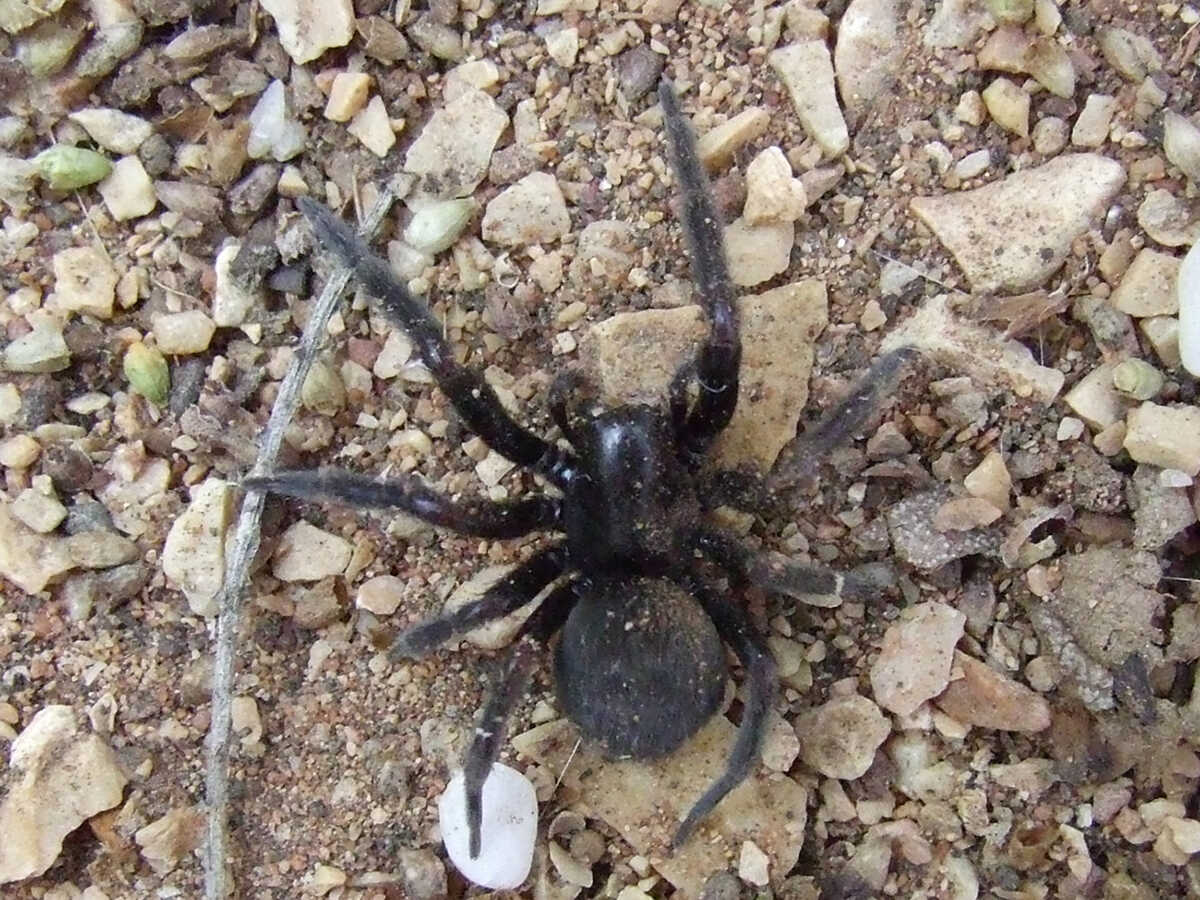
Lower risk Spiders
Wolf spiders rarely bite, especially if left unhandled. They are common around houses, but low risk to humans.
Photo by Tone Killick CC BY-NC-SA
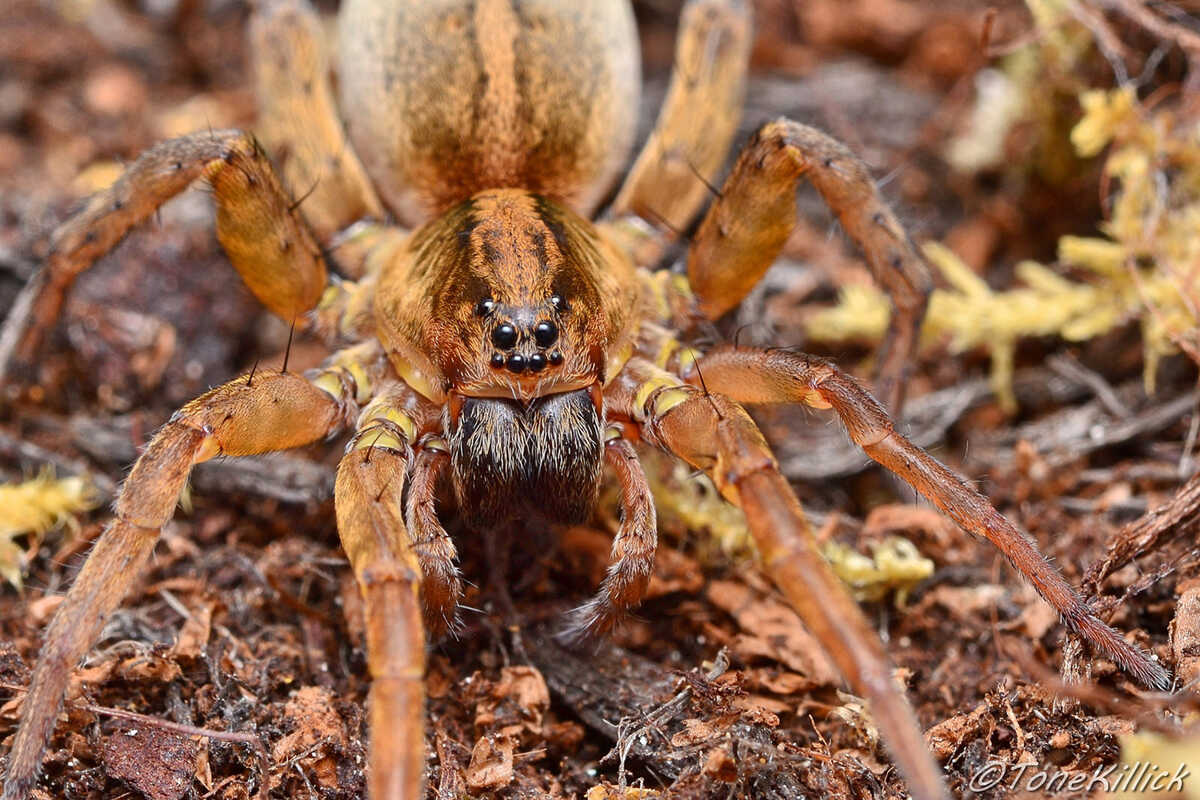
Photo by GregGilbert1 CC BY

Photo by Misenus1 CC BY-NC-SA
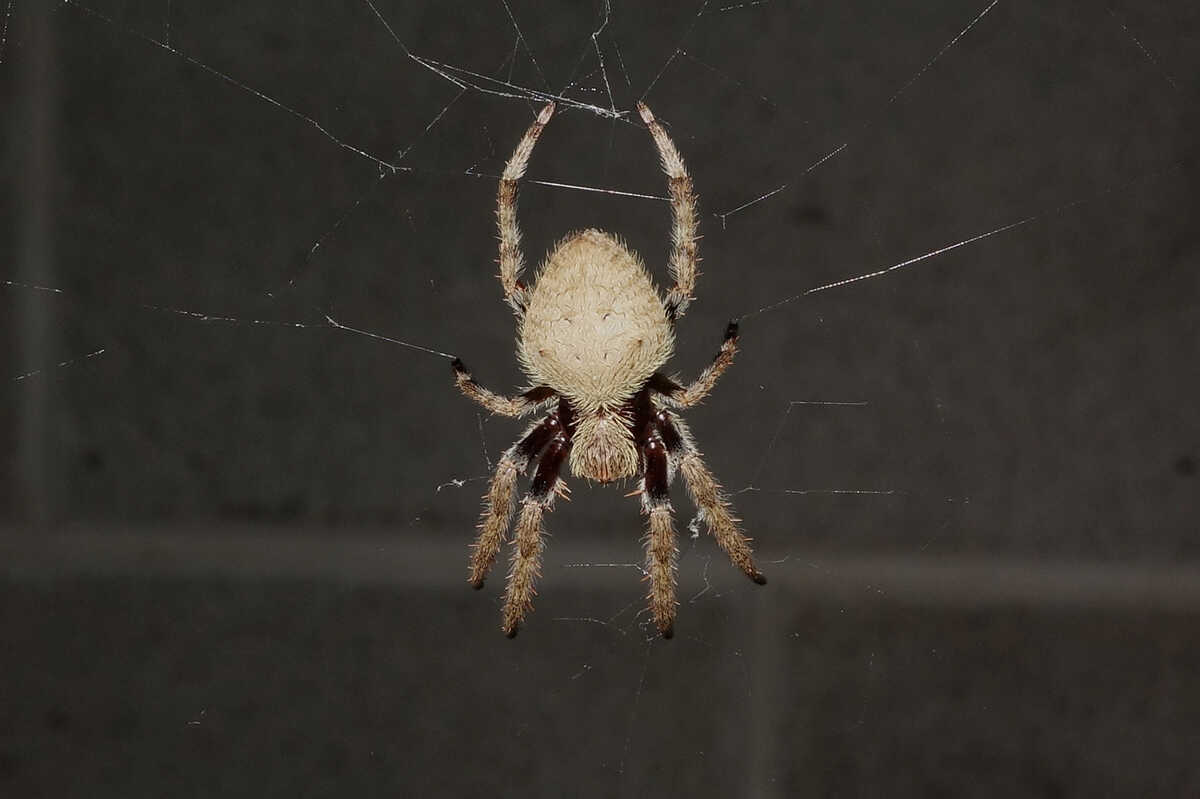
Photo by James Niland CC BY
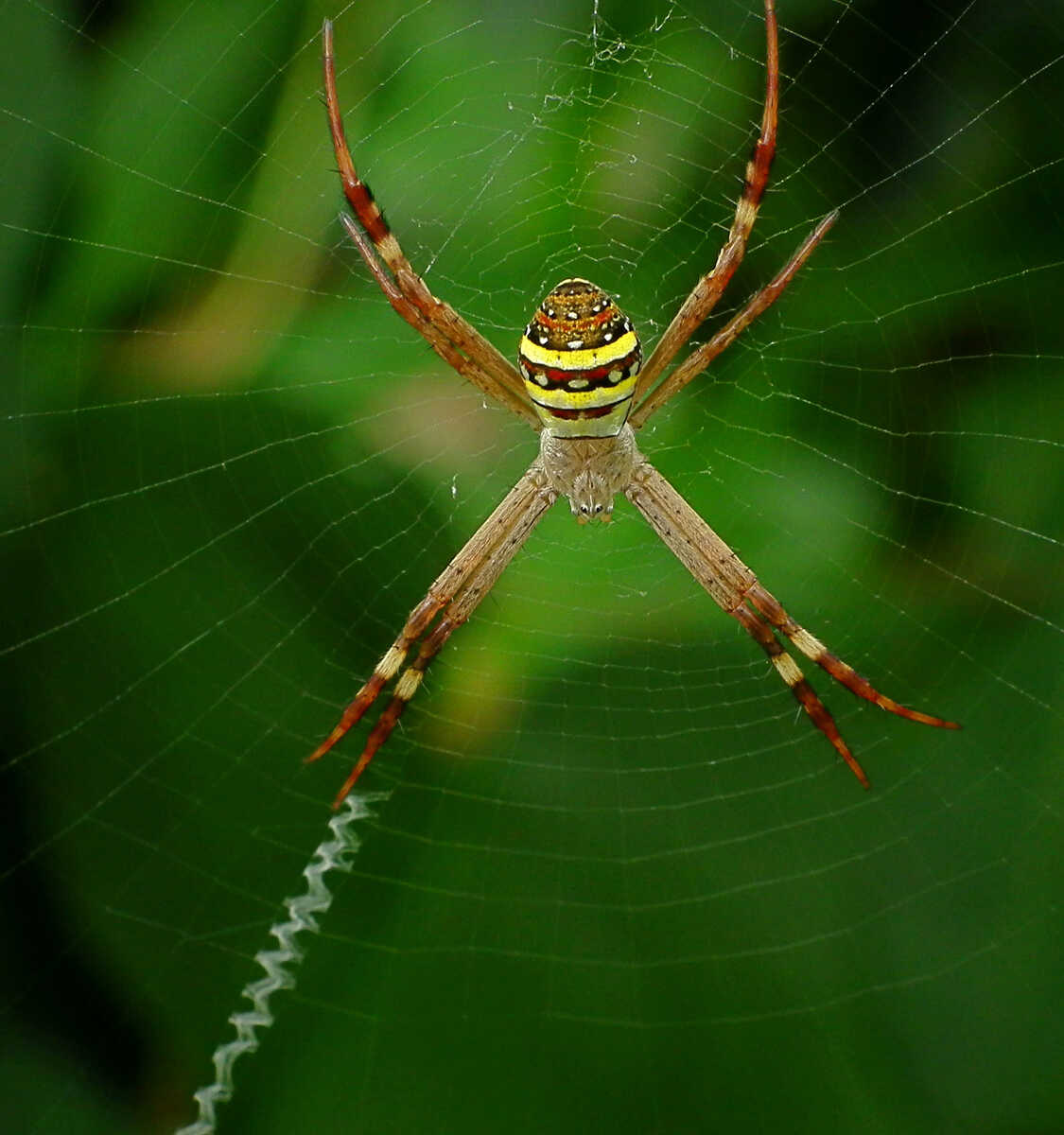
Photo by BRJ INC. CC BY-NC-ND
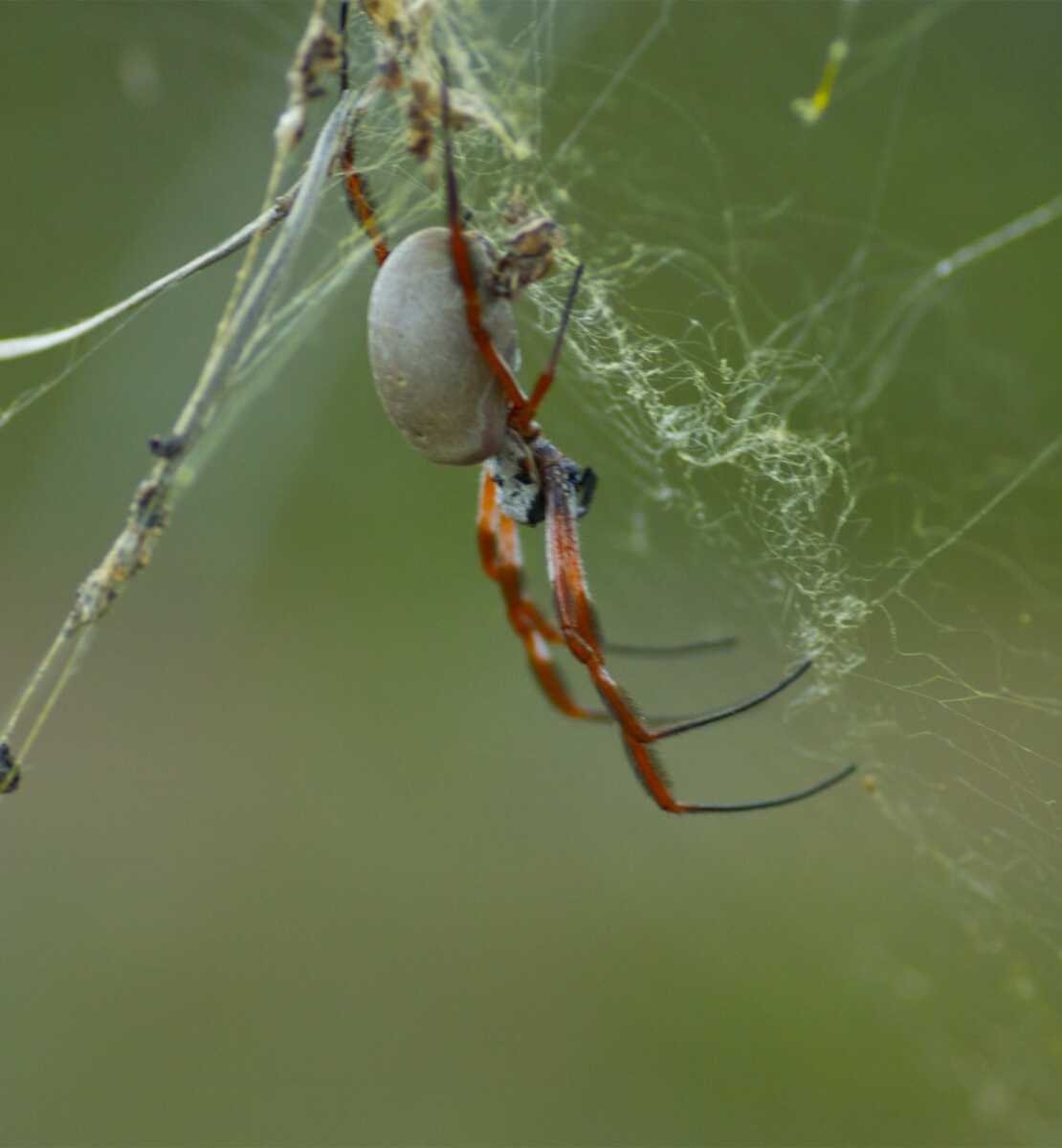
Photo by eliotc CC BY-NC
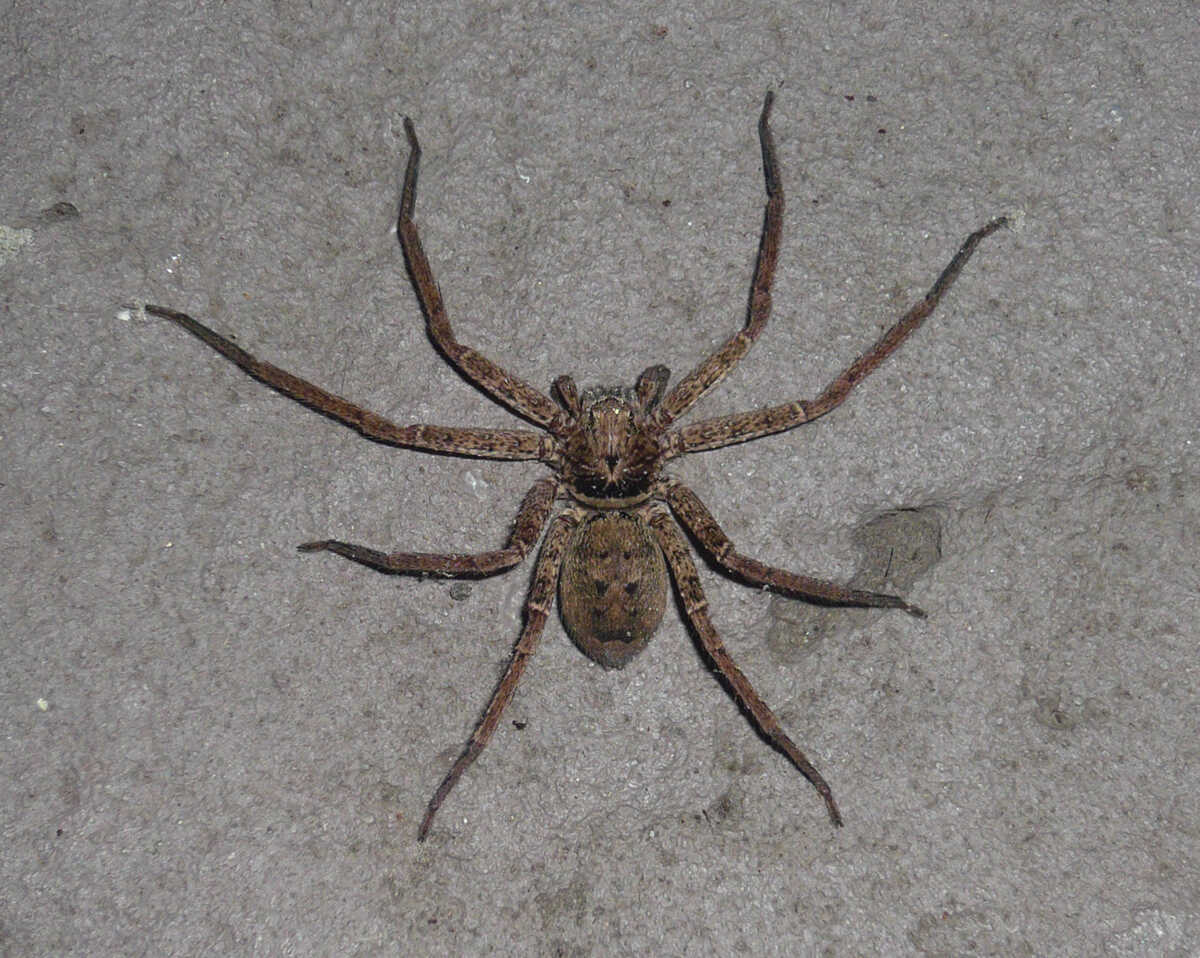
A common misconception is that white tailed spiders have a deadly bite and cause skin necrosis. Yet, their venom is non-lethal. In some cases, bacterial infection is the biggest source of danger to people that have been bitten.
Photo by No Middle Name CC BY-NC-SA
